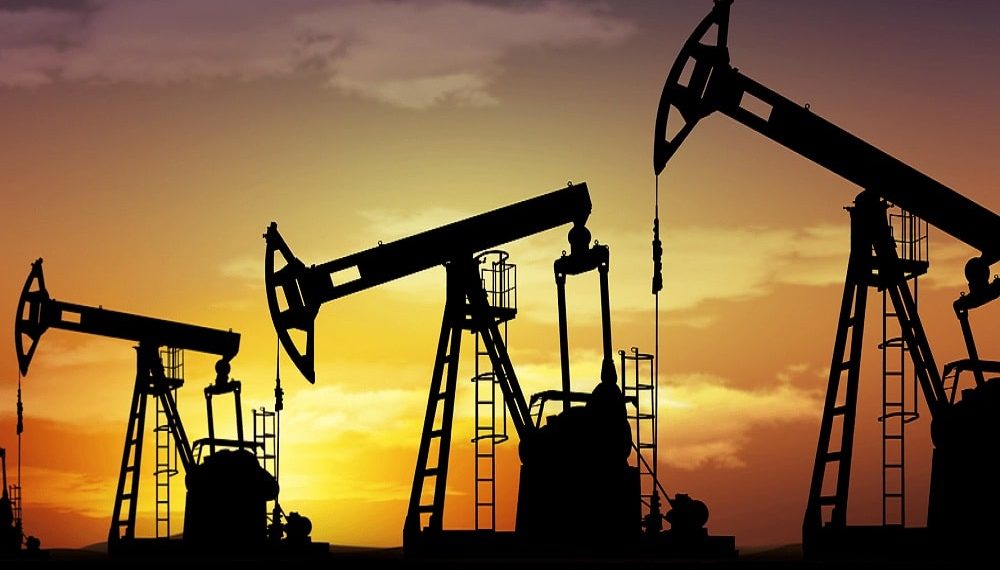Since Qatar has around 18 projects that are under development throughout the oil and gas sectors, with an anticipated CAPEX of almost $60 billion, the Persian Gulf state’s energy sector is all set for further growth, thereby solidifying the nation’s position as the top producer of liquified natural gas in the world, as per a new report from the Energy Industries Council, a trade association pertaining to the energy sector and also a voice when it comes to the international energy supply chain.
Following the crisis in Ukraine, the worldwide energy market went into the doldrums in 2022 due to volatility in oil and gas. With a surge in energy investments, the EIC opines that Qatar is all set to ramp up its hydrocarbon production, especially LNG, as energy manufacturers throughout the world look for ways to make up for the lost supplies that were a result of the crisis in Ukraine.
Faiz Halim, an analyst from EIC, commenting on the report pertaining to Qatar’s energy sector, highlighted that the country’s energy sectors are all set to see remarkable growth as it harnesses its natural gas reserves and also invests in solutions that are sustainable. All this goes on to create sufficient opportunities and certainty for the supply chain companies that are looking to add value to the energy sector of the country.
Moreover, one of the largest trade associations in the world happens to be under the impression that Qatar looks to bolster its current position as a major contributor in terms of energy shift, helped by the abundant natural gas reserves. The report’s findings suggest that Qatar intends to substantially increase its LNG production from 77 million metric tonnes per year to 126 million metric tonnes per year by 2027.
In relation to this, QatarEnergy, which is the state-owned energy company, has already been awarded numerous contracts worth billions of dollars for the expansion and construction of facilities pertaining to LNG. These ambitious LNG expansion plans indeed reinforce Qatar’s position as the largest exporter of LNG in the world.
Besides this, the country’s downstream sector is also going to be experiencing major growth via the Ras Laffan Petrochemical Project as well as QatarEnergy, in collaboration with Chevron Phillips, which has already made a final advancement decision so as to advance this project.
It is well to be noted that the oil and gas sector in Qatar has remained very active and is anticipated to play a major role in the nation’s economy for the years to come, while almost 80% of its LNG happens to be directed towards Asian markets, handling the region’s demand growth.
The report from EIC also took into consideration the country’s efforts to make its presence robust in the renewable energy sector, as it intends to generate 5 gigawatts of solar power by 2035. So as to reach this goal, QatarEnergy has gone on to award procurement, engineering, and construction contracts across a couple of solar projects in Ras Laffan as well as Mesaieed.
Apparently, Qatar happens to be working on cutting emissions throughout all sectors by 25% by this decade’s end. In sync with this, QatarEnergy’s sustainability strategy looks to decrease the intensity of carbon by 25% when it comes to upstream operations and 35% as far as LNG facilities are concerned by 2035. The company is also looking to implement carbon capture and storage technology to get hold of more than 11 million tonnes of CO2 a year by 2035.



















































